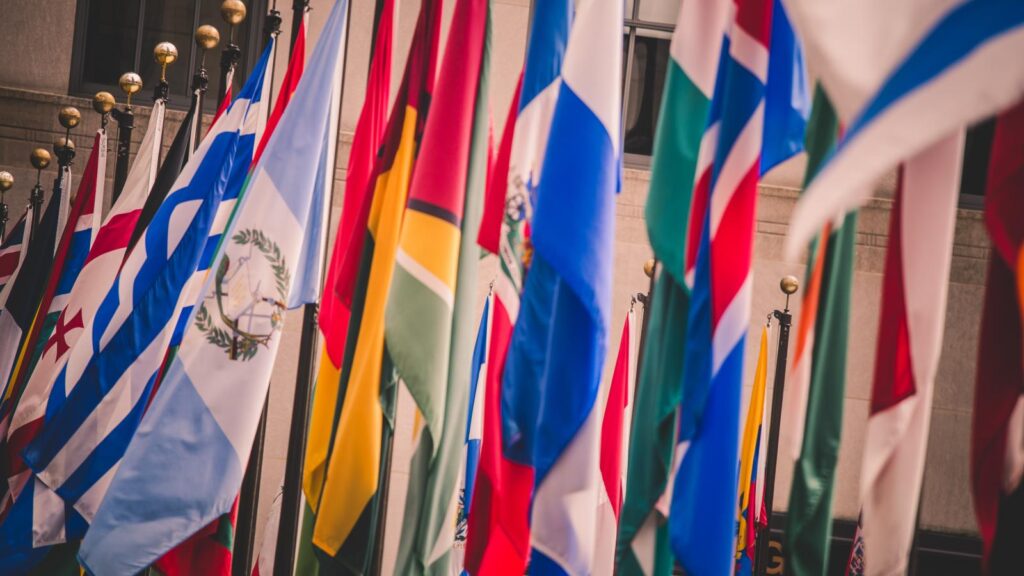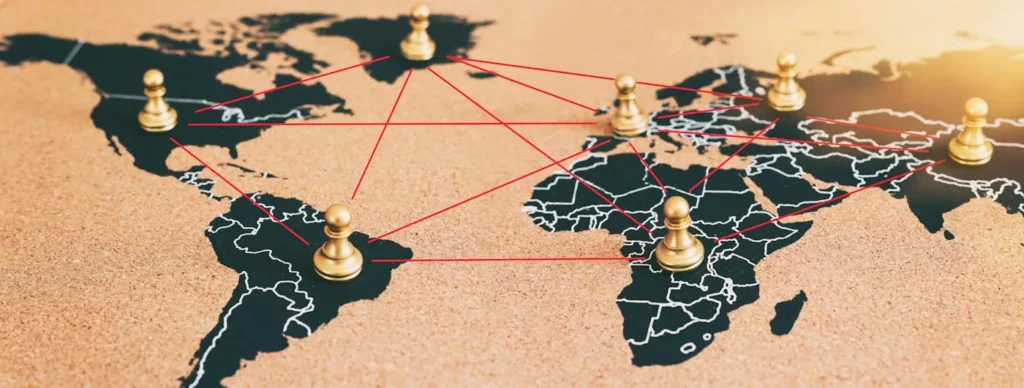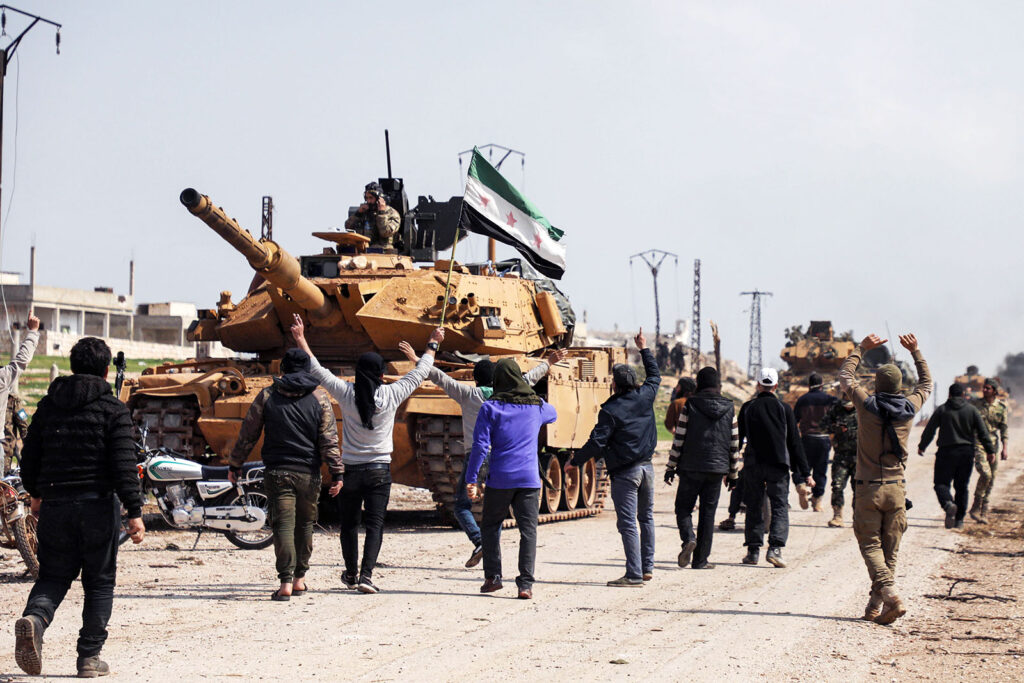7 Urgent International Conflicts: Time to Act
As 2024 unfolds, the world finds itself amidst several tumultuous conflicts, raising concerns about the prospects for peace. From Gaza to Ukraine, diplomatic efforts are faltering, and military actions are on the rise. Here are ten conflicts to watch:

- Gaza, Sudan, and Ukraine: These regions are experiencing ongoing conflicts, characterized by violence, displacement, and humanitarian crises. Despite diplomatic efforts, peace remains elusive, with parties involved often resorting to military actions instead of seeking negotiated settlements.
- Global Rise in Warfare: The trend of increasing conflicts globally since around 2012 marks a significant departure from the decline seen in the 1990s and early 2000s. Recent wars in Libya, Syria, and Yemen, among others, have led to a surge in casualties, displacement, and human suffering.
- Challenges in Peacemaking: Many conflict zones face significant obstacles to effective peacemaking. Political negotiations often stall or fail to materialize, leaving violence as the primary means of resolving disputes. The situation in Myanmar and the Sahel region exemplifies the difficulty of finding political solutions amid entrenched hostilities.

- Deteriorating Diplomacy: The deteriorating relations between major powers, particularly between the West, Russia, and China, have hampered diplomatic efforts to resolve conflicts. Disagreements over the role of diplomacy, conflicting interests, and geopolitical rivalries contribute to diplomatic impasses and exacerbate tensions in conflict zones.
- Regional Power Dynamics: The assertiveness of middle powers such as Brazil, India, and Turkey has added complexity to conflict dynamics, especially in regions like the Middle East and Africa. Their involvement often complicates peacemaking efforts and prolongs conflicts by providing political backing, funds, and weapons to belligerent parties.
- Threat of Escalation: Conflicts like the Israel-Palestine conflict and tensions in Ukraine pose significant risks of wider conflagration. Loose rhetoric and military buildups in these regions increase the likelihood of broader conflicts, which could have devastating consequences for regional and global stability.
- Humanitarian Crises: The conflicts mentioned have resulted in severe humanitarian crises, with millions of people displaced and in need of urgent assistance. The situation in Gaza is particularly dire, with widespread destruction, loss of life, and suffering among civilian populations caught in the crossfire.

- Geopolitical Shifts: Ongoing shifts in global power dynamics, including the decline of U.S. dominance and the rise of non-Western powers, have complicated conflict resolution efforts. Competing interests and alliances among major powers shape the landscape of international diplomacy, making it challenging to find consensus on peace initiatives.
- Internal Struggles: Internal divisions within countries experiencing conflicts, such as Sudan, Ethiopia, and Haiti, exacerbate existing tensions and hinder efforts to address underlying grievances. Political instability, ethnic tensions, and power struggles within these countries further complicate conflict resolution efforts.
- Prospects for Peace: Despite the challenges, there are still opportunities for peace through diplomatic initiatives and international cooperation. Efforts such as the Iranian-Saudi rapprochement and U.S.-China dialogue demonstrate that diplomatic solutions are possible, offering hope for resolving conflicts and alleviating human suffering.

In summary, the conflicts unfolding in 2024 underscore the urgent need for effective diplomacy and concerted international action to prevent further escalation and alleviate human suffering.




